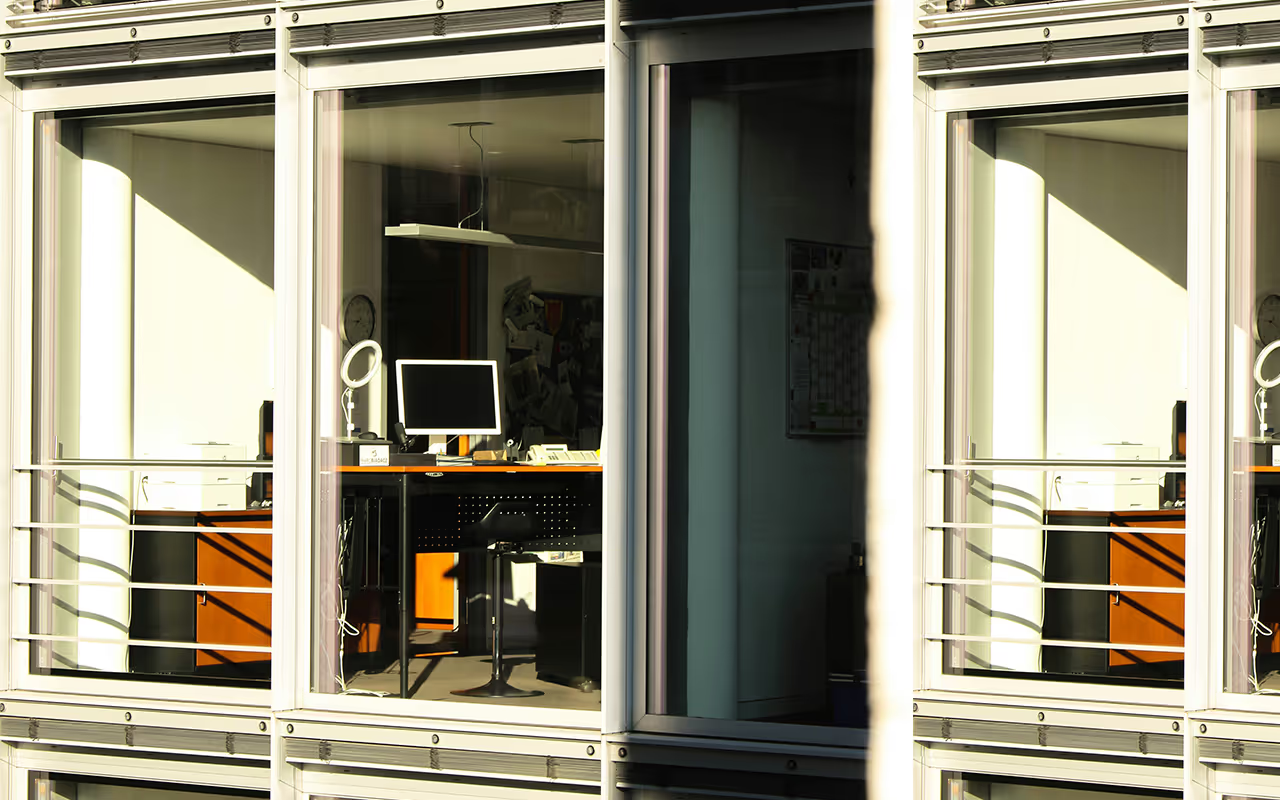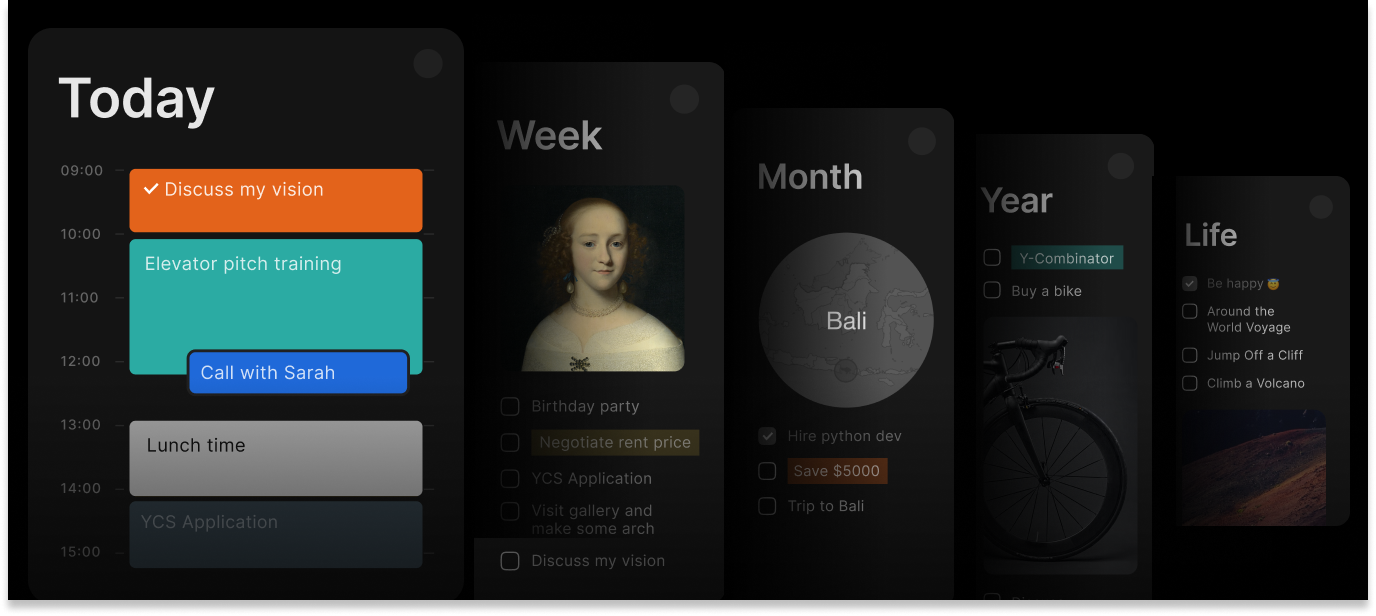Remote Work

Major companies are aggressively rolling back remote work policies in early 2025, with Dell Technologies eliminating hybrid arrangements in March, requiring five-day office attendance and limiting advancement for remote workers. Amazon and JPMorgan Chase have similarly mandated full-time office attendance from January 2025, offering "recharge days" to ease the transition.
Employee resistance is substantial—48% of UK professionals would consider resigning if forced back full-time, with women (58%) more likely than men (42%) to take this stance.
Still, it's become clear that long-term remote work brings real challenges. Research from Microsoft's Work Trend Index found that 65% of remote workers report feeling less connected to colleagues over time, with collaboration networks shrinking by up to 17% in fully remote environments. Gallup data indicates remote workers experience more difficulty developing workplace relationships, with 41% reporting weaker connections to company culture compared to in-office counterparts.
Mental health concerns have also emerged—a Stanford study tracked increasing isolation among long-term remote workers, with 67% reporting blurred work-life boundaries and difficulty disconnecting after two years of home-based work. Career development has suffered too, with remote employees receiving approximately 8% fewer promotions than their in-office peers, according to research published in Harvard Business Review.
For younger professionals, the impact is particularly pronounced. Entry-level employees report 34% less mentorship opportunity and reduced skill acquisition when working remotely versus in-office during their first three professional years.
The infrastructure challenges compound these issues, with U.S. federal workers finding inadequate workspaces upon return and Australian employers now requiring five-day attendance (39%, up 3% from last year).
Not all companies are taking the return-to-office route. Fully remote firms like GitLab and Automattic (the parent company of WordPress) have long built their cultures around asynchronous work, radical transparency, and outcome-based productivity. GitLab, for example, publishes its internal handbook online—thousands of pages of workflows, values, and team practices—showcasing how remote work can scale without sacrificing structure. At Automattic, people are free to work from anywhere. What keeps them close is trust, regular meetups, and open conversations. These companies remind us that office presence isn't the only path to collaboration—clear processes, shared purpose, and thoughtful systems can bridge distances, even across time zones.
The most effective approach appears to be neither fully remote nor rigidly in-office, but carefully designed hybrid models that maximize collaboration opportunities while preserving flexibility. Organizations that succeed in this balance often implement thoughtful systems that help employees stay focused and connected, no matter where they work.
And while the future of work is still unfolding, we'd like to believe there's space for everyone in it: for those who thrive in the energy of an office, and for those who do their best thinking in solitude. The hope is that career growth, trust, and meaningful collaboration won't be tied to a desk, but to the quality of the work and the clarity of shared goals.
Read next

Plan your future with more intention
Whether you work from home, the office, or somewhere in between — Timestripe helps you stay focused on what really matters. Build rhythms that support your goals, your energy, and your own way of working.
Get Started

